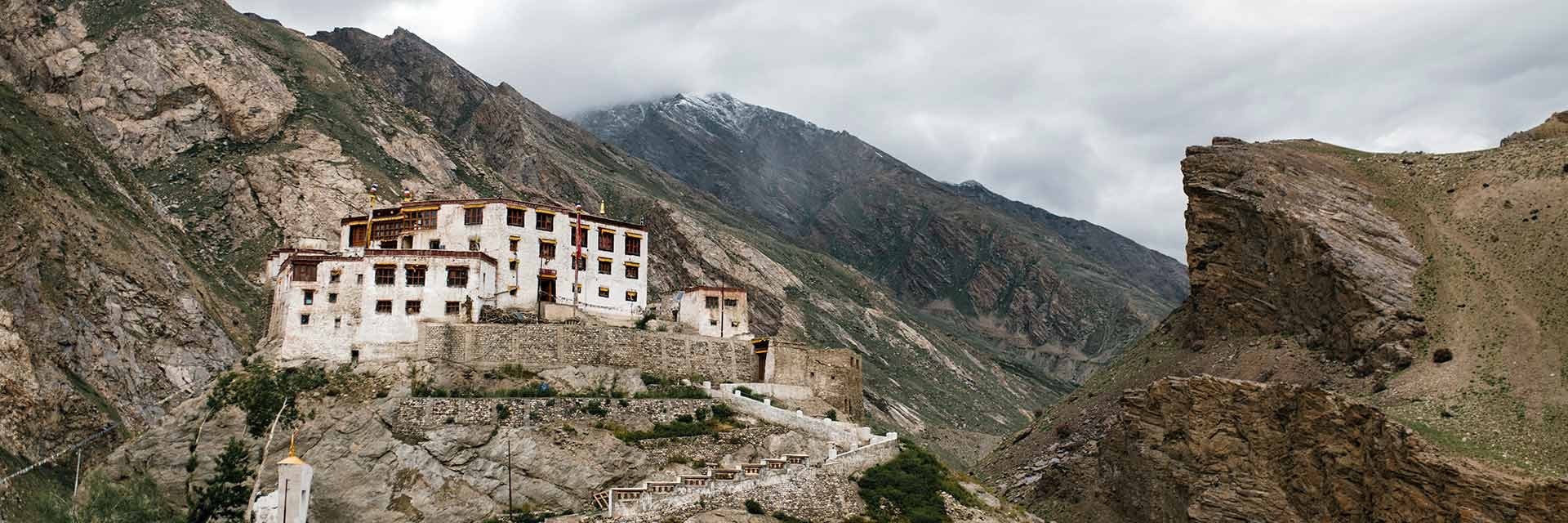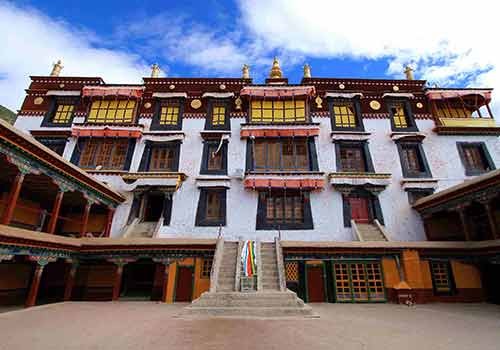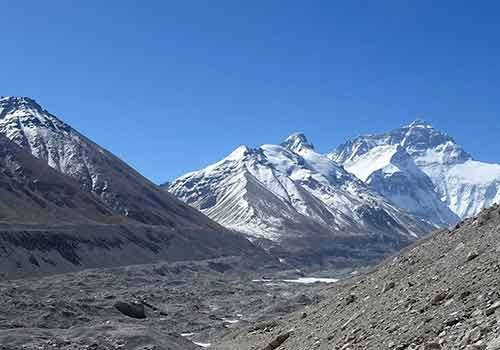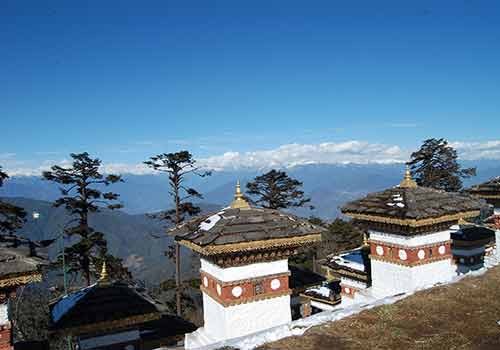Accommodation
Yolo Hike provides you with the best possible stay available for your entire Journey. The lodging along the way is based on a Twin-to-Twin sharing basis and also a Three basis in some of the places due to the condition of Tibet’s standard. On the other hand, we supply the best hotels and guesthouses along the route but if you want more of the services you always have an option to upgrade package or pay extra cash.
Meals and Minerals
This package provides you with Breakfast for your meals, Throughout the tour. You will consume your breakfast in hotels where available which are specified for Health and Better Taste and have to pay on your own for Lunch and Dinner. If you need extra service than available you always have a choice to upgrade your package.
Cost & Estimation
The cost of a Tibet trip is largely determined by the different Tibet travel seasons, just as it is elsewhere. Tibet travel is more expensive during the high season, which runs from April to October, than during the offseason, which runs from late October to early February. (Find out when is the best time to visit Tibet.)
The monsoon season in Tibet runs from mid-June to early September, which coincides with China's summer vacation. Summer is the most expensive period to visit Tibet because of the enormous influx of both Chinese and international tourists.
Estimation
High Season:
Jun.26 to Aug.25 normally starts from 1200 USD
Aug.26 to Oct.15 normally starts from 1100 USD
Stand Season:
Apr.1 to Jun.25 normally starts from 1000 USD
Oct.16 to Nov.15 normally starts from 1000 USD
Low Season:
Nov. 16 to Mar.31 normally starts from 900 USD
Bag Packing
We recommend that you pack clothing that can be adapted to changing weather conditions, as temperatures in Tibet can be rather extreme. It's also a good idea to bring some rain gear. We will offer you a duffel bag at a hotel in Kathmandu one day before your departure for the Kailash Yatra, in which you will need to repack vital goods for the journey, and your other suitcase and luggage will be held in the hotel throughout your adventure.
The following are some of the essential items for your Kailash Yatra: Sandals and walking boots (or trainers are OK), a Jacket that is waterproof and windproof. Sweatshirts, T-shirts, and at least one thick sweater are all recommended. Trousers/track pants, Shorts/skirts Underwear that keeps you warm, a Bottle for water, Warm socks, especially woolen, are recommended. a torch with a spare set of batteries additional bootlaces, Sunglasses, Sunscreen, Medical supplies for personal use, sewing needle and threads, Towels, Pack for the day (for valuable items such as camera, money, passport), Clothing rucksack, Down jackets (in Kathmandu, we may give these on a returnable basis). Please keep in mind that in the event of loss or damage, you will be responsible for the costs.) a warm, sun-protecting cap Gloves
Tibet's intense light – and high UV factor – necessitates the use of sunglasses as well as plenty of sunblocks. Because sunscreen is not readily accessible in Tibet, be sure to bring plenty of your own. For further protection, a brimmed hat is also recommended. If you have never packed your Bag before considering us to help will be easy access for your convenience. You might get an email on the Bag Packing procedure.
Tradition and Culture
This region has been the final aim for pilgrims for thousands of years. For Hindus, Jains, Buddhists, and Bon, it is the abode of the Gods. Mount Kailash is known in Tibet as Tise (the peak) of Khang Rinpoche, standing at 6714 meters (Jewel of Snows). Mount Kailash is the home of Hindu God Shiva and his wife Devi for Hindus, and Tibetan God Demchong and his consort Dorje Phangmo for Tibetans.
According to mythology, Milarepa, a great Tibetan Yogi, and master of Tantric Buddhism fought Naro-Bonchung, a grandmaster of Bon, to show the superiority of Buddhism. Many competitions were held, but the most important was to see who could reach the summit of Mt Kailash first in the morning. Naro-Bonchung flew towards the mountain on his damaru (ritual drum), only to be overtaken by Milarepa at the last moment. Naro-Bonching was so taken aback that he let go of his drum, which tumbled down the mountain, leaving a vertical scar on the south slope.
Precautions to follow
Most persons are affected to some extent by a lack of oxygen at high elevations (above 2,500 m). The human body needs time to establish physiological mechanisms to cope with the lower oxygen levels as altitude rises. Acclimatization is the term for this procedure. High altitude sickness necessitates the use of Diamox (Acetazolamide) tablets. Please visit your doctor for a prescription, since these tablets must be started three days prior to your arrival in Kathmandu. This medication must be taken for the duration of the trip. Those who are allergic to sulfa medicines can take Gingko Biloba, a natural supplement that can be purchased online.
During the trip, participants will be taught simple, yet effective, acclimatization techniques. Throughout the tour, the party will be accompanied by a competent doctor who is highly prepared to deal with high altitude sickness and other illnesses that may emerge. All necessary medications and equipment, including life-saving oxygen cylinders and Gamow bags, will be carried by the doctor.
First Aid Kit
You must carry a First Aid Kit during your Kailash Mansarovar journey, Diamox, aspirin, painkillers, Lip balm, Mustard, oil, Vaseline, Plasters, TCP, salt, mint, Vicks for sore throats are all items you should have in your first aid kit or personal medical kit (average hiking kit for mild injuries/ our guide will also have).
If you have any other health issues, seek medical advice before changing your medicine for high altitude. there are never sure about the climates and how the weather changes, if you have never accomplished the high-temperature before, altitude sickness can be a major issue for you so, having a First Aid Kit with you can be a partner in necessity. We also have medically trained and tested Guides who have high knowledge about the use of First Aid which helps you in an emergency.
Alternative Evacuation
The Chinese government has a fundamental regulation that everyone must enter and exit together. As a result, everyone should travel in a group. However, if one of the members becomes ill or has another problem while on the journey, he or she should be evacuated promptly because there is no hospital or medical assistance available. In this situation, we will have to organize additional services for which the evacuating passenger will be responsible. Every passenger is required to acquire travel/medical insurance to cover any unexpected expenses. Yolo Hike doesn’t sell any travel insurance so, make sure you have all the insurance, we can suggest you the best as per the experience about our previous clients. If you have further inquiries, feel free to email us at [email protected]




